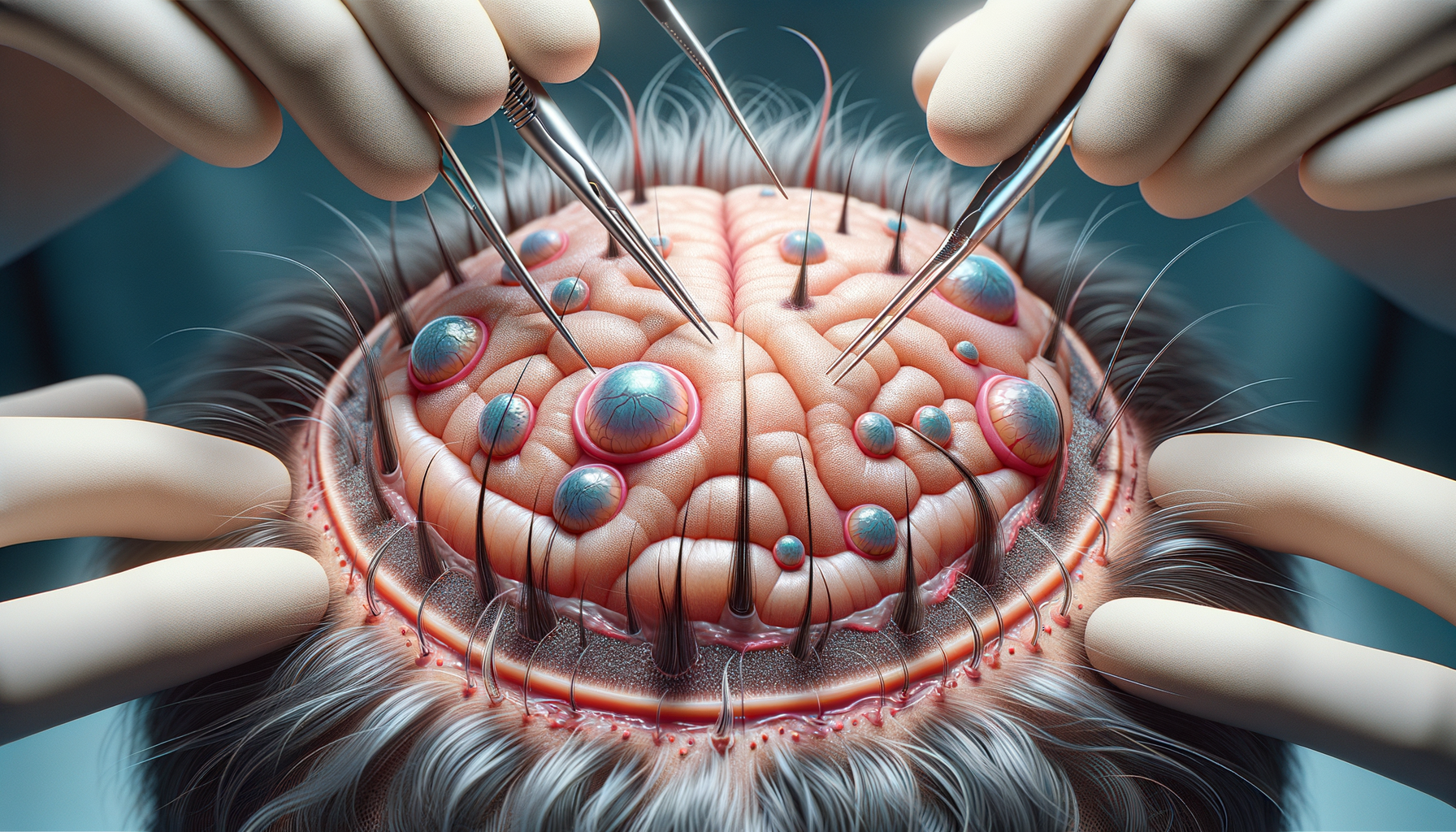
Restore Your Natural Look with Hair Transplant Solutions in the UK
Understanding Hair Transplantation Techniques
Hair transplantation has evolved significantly over the years, offering individuals a chance to restore their natural hairline with effective and minimally invasive procedures. Two widely recognized techniques are Follicular Unit Extraction (FUE) and Follicular Unit Transplantation (FUT). FUE involves extracting individual hair follicles from a donor area, typically the back of the head, and implanting them into the balding or thinning regions. This method is known for its precision and minimal scarring, making it a popular choice among patients. On the other hand, FUT, also known as the strip method, involves removing a strip of skin from the donor area and dissecting it into individual follicular units for transplantation. While FUT may leave a linear scar, it can be more efficient for covering larger areas. Both techniques have their unique advantages, and the choice often depends on the patient’s specific needs and the surgeon’s expertise.
Choosing between FUE and FUT requires considering various factors, including the extent of hair loss, the desired density, and the patient’s lifestyle. FUE is often preferred for those who wish to wear their hair short, as the tiny dot scars are less noticeable. FUT might be more suitable for patients requiring a larger number of grafts in a single session. Ultimately, a thorough consultation with a qualified hair restoration specialist can help determine the best approach, ensuring optimal results and patient satisfaction.
The Role of Non-Surgical Alternatives
While surgical hair transplantation offers a permanent solution to hair loss, non-surgical alternatives can complement these efforts or provide standalone benefits for those not ready for surgery. Platelet-Rich Plasma (PRP) therapy has gained attention for its ability to enhance hair growth and improve hair health. PRP involves extracting a small amount of the patient’s blood, processing it to concentrate the platelets, and then injecting it into the scalp. The growth factors in PRP are believed to stimulate hair follicles, promoting thicker and healthier hair. Studies have shown promising results, with many patients experiencing improved hair density and reduced shedding.
Another non-surgical option is laser therapy, which uses low-level laser light to stimulate hair follicles and increase blood flow to the scalp. This treatment is painless and can be done in a clinical setting or at home with portable devices. Laser therapy has been shown to slow hair loss and promote regrowth, making it a valuable addition to a comprehensive hair restoration plan. For individuals seeking non-invasive solutions, these treatments offer hope and can be particularly beneficial when used alongside surgical options.
Choosing the Right Hair Restoration Path
Deciding on the right hair restoration path involves careful consideration of various factors, including the degree of hair loss, personal goals, and budget. For many, the decision is not solely about aesthetics but also about regaining confidence and improving quality of life. Consulting with a reputable hair restoration clinic is crucial, as experienced professionals can provide personalized recommendations based on individual needs and expectations.
It’s essential to weigh the pros and cons of surgical versus non-surgical options. Surgical methods like FUE and FUT offer long-lasting results and are ideal for those seeking significant changes. However, they require downtime and a financial investment. Non-surgical alternatives, while less invasive and often more affordable, may need ongoing maintenance to sustain results. Patients should also consider the potential risks and side effects associated with each method, ensuring they are fully informed before making a decision.
Ultimately, the choice of hair restoration should align with one’s lifestyle and long-term goals. Whether opting for surgery, non-surgical treatments, or a combination of both, the journey to restoring one’s natural look can be a transformative experience, offering renewed confidence and satisfaction.


